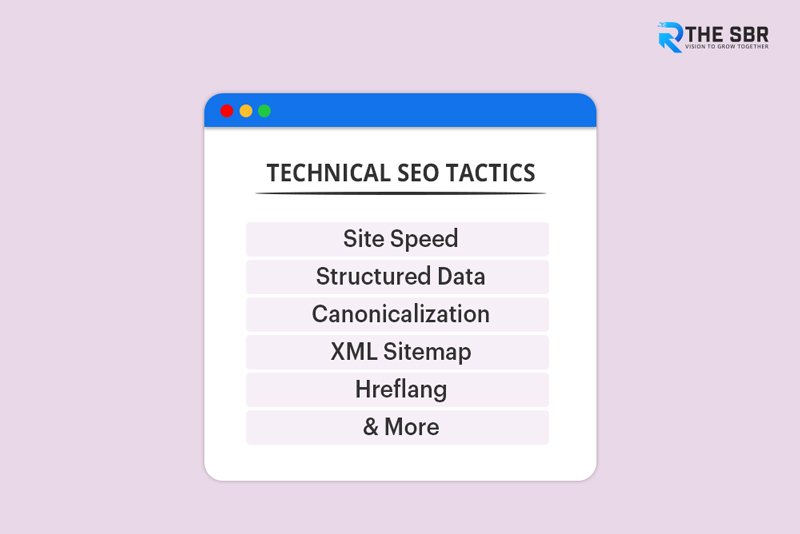SEO is constantly evolving. What works today may not work tomorrow as Google continues to update its algorithm to provide the best search results for its users. However, that doesn’t mean you can’t employ tactics that will always be effective.
This blog post will discuss two types of SEO strategies – on-page and technical – to help your website rank higher in search engine results pages (SERPS) while also future-proofing your site against any potential changes Google makes. Let’s get started!
What is On-Page SEO?

On-page SEO is the practice of optimizing your website’s content, structure, and HTML tags to improve your rankings in SERPS. You can tweak several on-page elements to help your site rank higher, including Title tags, Description tags, H tags (headings), Internal linking, Structured data, etc.
When it comes to on-page SEO, there is no one-size-fits-all solution. What works for one website may not work for another. By optimizing your site’s content and structure according to best practices, you can significantly improve your rankings.
What is Technical SEO?

Technical SEO is the practice of optimizing your website’s infrastructure and settings to improve your rankings in SERPS. There are several technical elements you can tweak to help your site rank higher, including Site speed, Robots.txt file,301 redirects, Sitemaps, XML sitemaps, and Google Search Console settings.
When it comes to technical SEO, there is no one-size-fits-all solution. What works for one website may not work for another. By optimizing your website’s infrastructure and settings according to best practices, you can significantly improve your rankings.
On-Page SEO Tactics:

There are a few critical on-page SEO tactics that you can use to improve your website’s rankings.
Here are a few of them:
Title Tags and Meta Descriptions: These are the titles and descriptions that show up on search engine results pages. Make sure they accurately describe the content on your page and are keyword-rich.
Headings: Use heading tags (H tags) to indicate the structure of your content. Google pays close attention to titles when determining the relevance of a page to a particular search query.
Text Content: The text on your page should be high quality, keyword-rich, and informative.
Internal Links: Link to other pages on your site from within your content. This helps Google understand the structure of your website and determines the importance of individual pages.
External Links: Include links to high-quality websites outside of your own in your content. The quality and relevance of these links are taken into account by Google when determining your site’s ranking.
Mobile-Friendliness: Make sure your website is mobile-friendly. Google now uses mobile-friendliness as a ranking factor.
Longtail Keywords: Target longtail keywords to improve your chances of ranking for specific queries.
Structured Data: Use structured data to help Google better understand the content on your page.
Read more about How to Get Quality Backlinks in 2022: The Guide for Marketers?
Technical SEO Tactics:

There are also a few technical SEO tactics that you can use to improve your website’s rankings.
Here are a few of them:
301 Redirects: If you move content from one page to another, use a 301 redirect to ensure that Google knows where the content has moved. This helps to preserve your website’s link equity and prevents 404 errors.
Robots.txt File: Use a robots.txt file to tell search engine crawlers which page to index and ignore. This helps you control the crawl depth of your website and avoid duplicate content issues.
XML Sitemaps: Use XML sitemaps to help Google discover all your website pages. This ensures that all of your pages are included in Google’s index.
HTTPS: Use SSL encryption (HTTPS) to keep your website’s data safe and secure. Google now uses website security as a ranking factor.
There you have it! Using On-Page SEO Strategies and technical SEO tactics, you can improve your website’s rankings while also future-proofing it against any potential changes Google makes. SEO is always evolving, but these tactics will help you stay ahead of the curve.









1 Comment